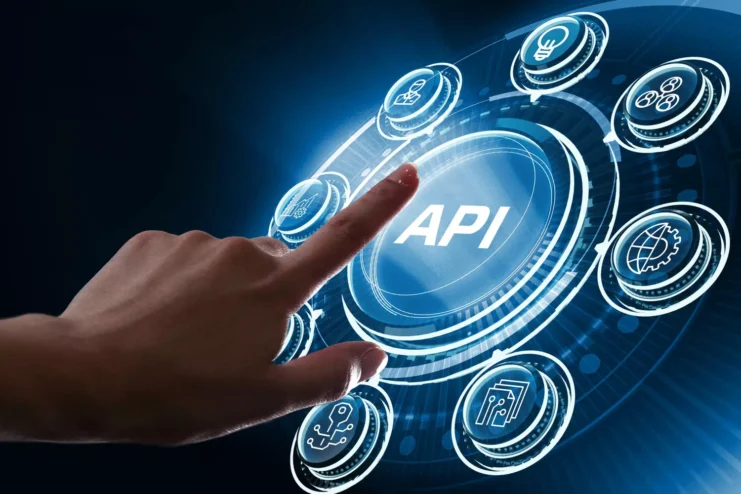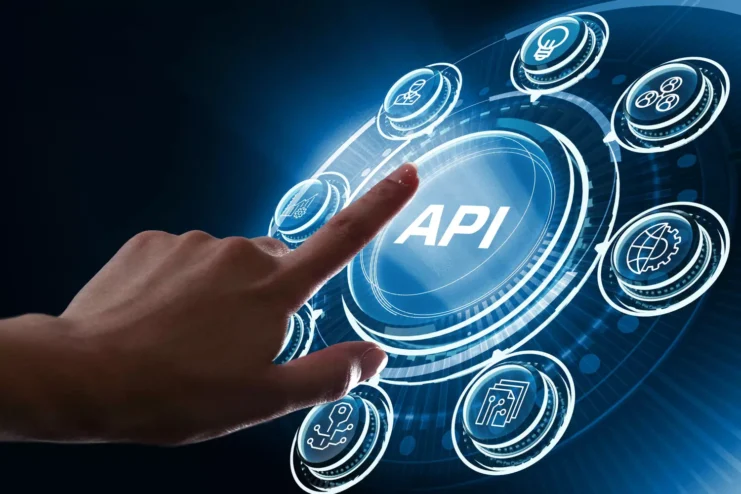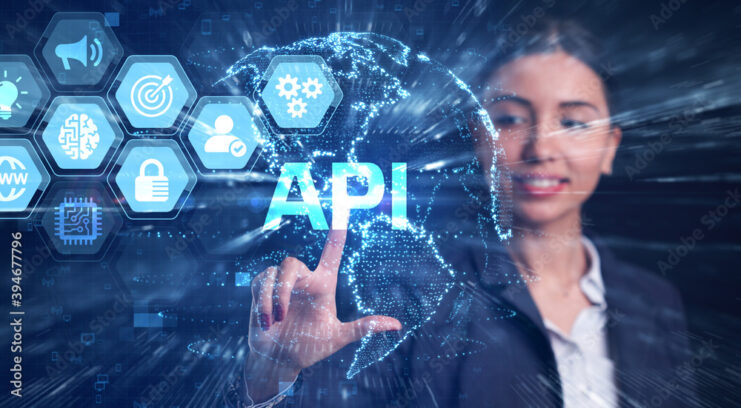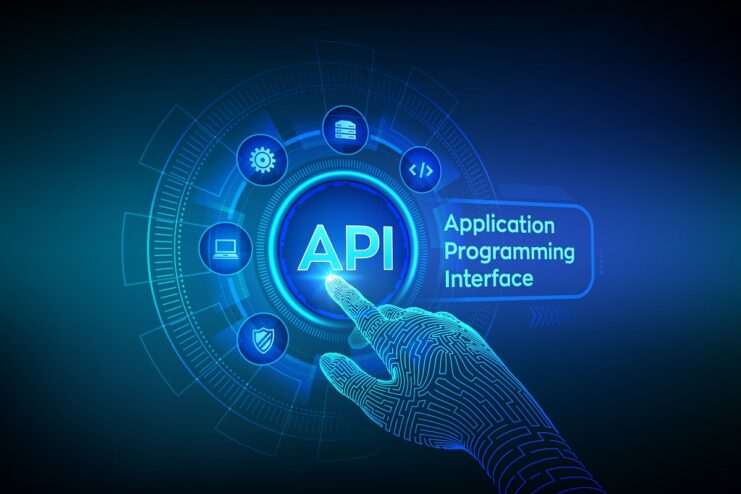API (Application Programming Interface) integration serves as the backbone of numerous online operations, allowing software to communicate seamlessly. But achieving flawless integration is not just about connecting two points—it’s about understanding the nuances and intricacies of both endpoints, ensuring security, and adapting to changes over time. Dive deep into this journey to unearth the pro tips on fostering seamless connections.
Choosing the Right APIs

API selection can make or break the success of an integration project. Start by understanding the functionality you need. Not all APIs are created equal. Some offer niche capabilities tailored to specific industries, while others present broad functionalities suitable for a variety of applications. Investigate thoroughly, ensuring that the chosen API aligns with your business objectives. For some professional help, be sure to check out ftdigital.
When evaluating APIs, consider their reliability and uptime history. A dependable API minimizes disruptions in your applications. By analyzing the historical performance, reading user reviews, and considering the provider’s reputation, you can gain insights into the stability and reliability of an API.
A critical element often overlooked is the ease of use and developer friendliness. An API with comprehensive documentation, robust support, and an active community can drastically reduce integration time and resolve issues faster. An intuitive design and clear examples can help developers adopt and integrate quicker, resulting in a smoother project lifecycle.
Setting Integration Objectives
Before embarking on the integration journey, clearly defining your goals can set the course for a successful venture. Understand the problem you’re trying to solve. By pinpointing the pain points and challenges, you ensure the integration delivers tangible results, addressing specific needs.
Next, identify the key stakeholders in the project. Whether they’re technical teams, decision-makers, or end-users, understanding their needs and expectations can provide a roadmap for the project. Engaging them early fosters a sense of ownership and alignment throughout the project.
Lastly, set measurable KPIs (Key Performance Indicators). These metrics, whether they pertain to speed, reliability, or user experience, serve as a beacon, guiding the project to its desired outcome. Monitoring these KPIs provides feedback, helping adjust the course as required, and ensuring that the integration meets the set objectives.
Security Best Practices

In the world of API integration, security isn’t optional—it’s paramount. Begin by ensuring encrypted connections, typically through HTTPS, to protect data in transit. This encryption ensures that sensitive information remains unreadable to unauthorized parties, safeguarding user privacy and business integrity.
User authentication and authorization mechanisms are equally vital. Techniques such as OAuth provide secure access without directly sharing credentials. Implementing such methods shields your systems from potential security threats, ensuring that only authorized personnel or systems can access the API.
Finally, always stay updated on potential vulnerabilities. Regularly audit your integration and be vigilant about updates from API providers. Addressing security patches promptly minimizes risks and ensures that your integrations remain secure against evolving threats.
Data Mapping and Transformation
Data is the lifeblood of any integration. However, mismatches in data structures between systems can lead to integration nightmares. Start by mapping data fields from the source to the target system, ensuring that the information flows correctly. Such mappings prevent data loss and maintain data integrity.
Following mapping, focus on data transformation. Data from one system might need modification to fit the structure or format of the receiving system. Leverage transformation tools or custom scripts to modify data seamlessly, ensuring it’s ready for consumption at the other end.
Remember, consistency is key. Regularly review and refine your data mappings and transformations. As systems evolve, the data they handle can change. Periodic reviews ensure that the integration remains seamless, accommodating changes in data structures or formats.
Error Handling and Monitoring

No integration is immune to errors. Instead of aiming for an error-free system, focus on building robust error-handling mechanisms. Start by identifying potential failure points in the integration. By anticipating these challenges, you can create strategies to address them when they occur.
Active monitoring is your first line of defense against unforeseen issues. With real-time monitoring tools, you can spot anomalies or failures as they happen. Such instant feedback allows for quicker troubleshooting and minimizes disruptions.
Lastly, consider graceful degradation. In scenarios where certain components fail, the system should continue operating, albeit with limited functionality. This approach ensures that users still have access to critical features, even when some elements of the integration face challenges.
Scalability and Performance Optimization
Your integration’s demands today might not be the same tomorrow. Plan for scalability to ensure that as your user base grows, your integrations don’t become bottlenecks. Begin by analyzing potential growth patterns. Predictive analytics and user trend analysis can offer insights into future demands.
Optimizing performance is not just about handling more users but also ensuring a smooth experience. Techniques like caching, where frequently used data is stored temporarily for quick access, can drastically reduce load times, offering users a snappier response.
Lastly, consider distributed architectures. Solutions like microservices allow components of integration to scale independently, ensuring that growing demands in one area don’t affect the entire system. This modular approach can handle increased loads efficiently, without overhauling the entire infrastructure.
Documentation and Version Control

Documentation acts as the compass for developers navigating the integration. Ensure that every aspect of the integration, from data mapping to error handling, is meticulously documented. This comprehensive guide aids in troubleshooting and provides clarity during updates or changes.
Version control is equally pivotal. As integrations evolve, maintaining a history of changes safeguards against potential mishaps. Platforms like Git enable tracking changes, allowing teams to revert to previous states if issues arise during updates.
It’s worth noting that collaboration is integral to both documentation and version control. Tools that promote teamwork, such as collaborative wikis or shared repositories, foster collective ownership and ensure that knowledge isn’t siloed but shared across teams.
Testing and Quality Assurance
Integration without testing is like sailing in uncharted waters. Start with unit tests, examining individual components of the integration for potential issues. Such granular checks can spot anomalies early, ensuring that each building block is robust.
Following unit tests, proceed to integration tests. These tests validate the entire integration flow, from data ingestion to processing and output. They provide a holistic view, ensuring that all components work harmoniously.
Lastly, consider real-world scenarios with end-to-end testing. Simulate user behaviors and workflows to ensure that the integration not only functions but excels in practical environments. Regularly repeating these tests, especially after updates or changes, ensures sustained quality and reliability.
Final Words
API integration is a journey of continuous learning and refinement. From selecting the perfect API to monitoring its health, every step requires meticulous attention to detail. By embracing best practices and leveraging the right tools, businesses can foster seamless connections, ensuring that their digital ecosystems communicate effortlessly. As the digital world evolves, mastering the art of integration positions businesses to adapt, innovate, and thrive.

